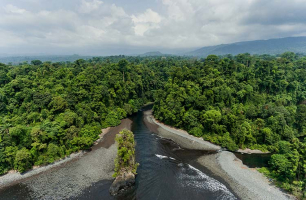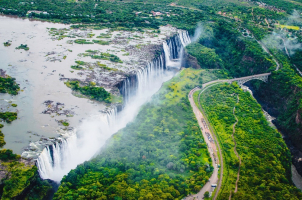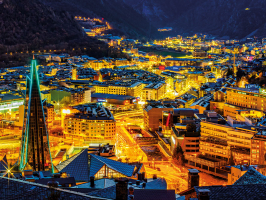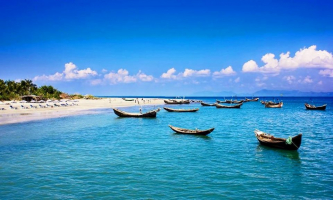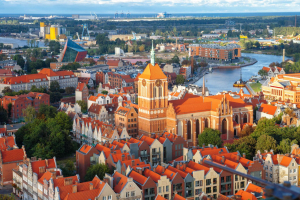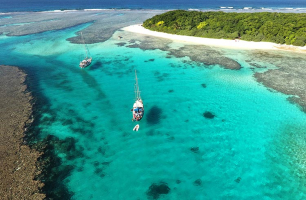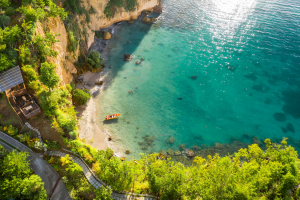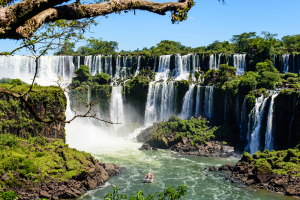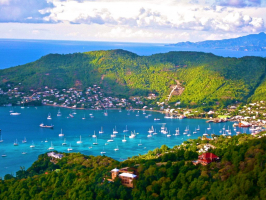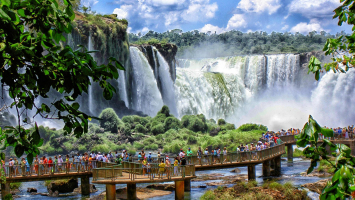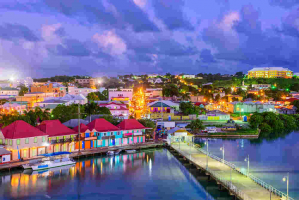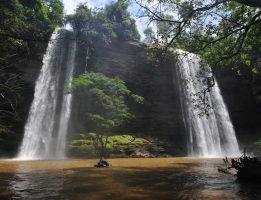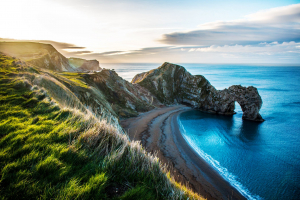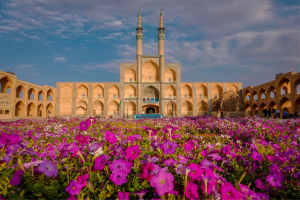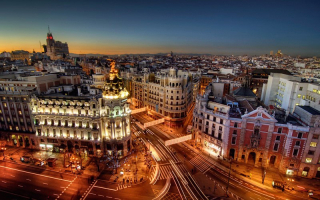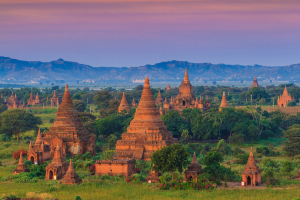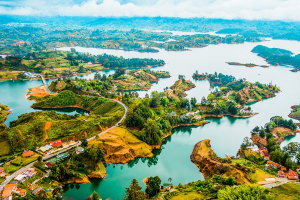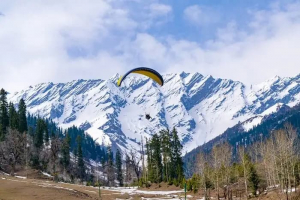Top 7 Best Tourist Destinations In Afghanistan
Afghanistan is a landlocked country in the South and Central Asian regions. The inhabitants of Afghanistan are known as Afghans, and the Afghani currency is ... read more...used throughout the country. Afghanistan is a multi-cultural and multi-ethnic country with many historical monuments that attract a large number of tourists. Visitors may appreciate the country's hospitality while learning about other cultures and cuisines. As a result, Toplist will inform you about Afghanistan's top tourist destinations.
-
Located in the heart of Kabul, amidst the busy marketplace, the Shah-e Doh Shamshira Mosque is one of Islam's most remarkable structures. Built in the 1920s as part of Amanullah's renovation push, the mosque itself is quite unusual since it features a different style of architecture which would suit the European settings much compared to other Afghanistan's mosques. It also has two storeys which is very rare for mosques. However, it is the best tourist place in Kabul Afghanistan and attracts a lot of visitors. The facades are all Italianate baroque, with stucco details, and are painted in a bright lemon yellow.
After a lady was slain in a lynching, Shahe-e Doh Shamshira became well-known politically as the site where women stood up for their rights. It was one of the few instances in which justice was on the woman's side, and all of the criminals were brought to justice. Since then, the mosque has become a popular destination for all politically motivated visitors who want to see the historic site for both its present and ancient significance.
Location: G58C+7HH, Kabul, Afghanistan
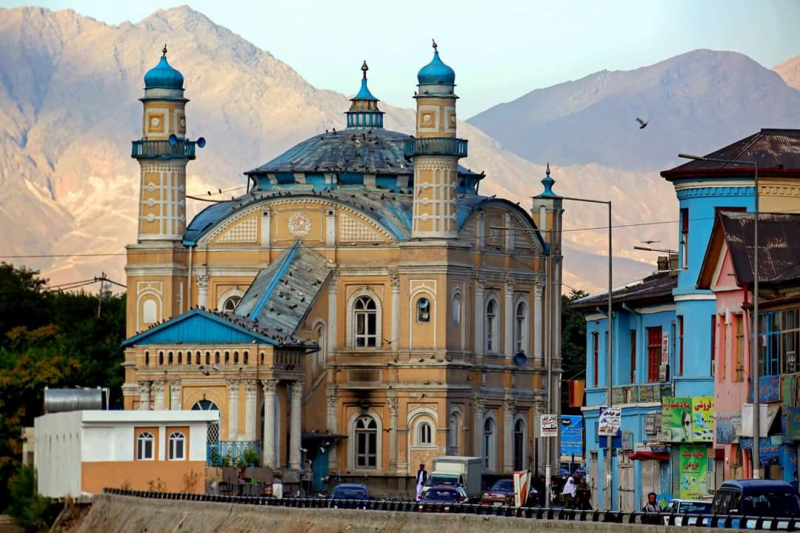
twitter.com 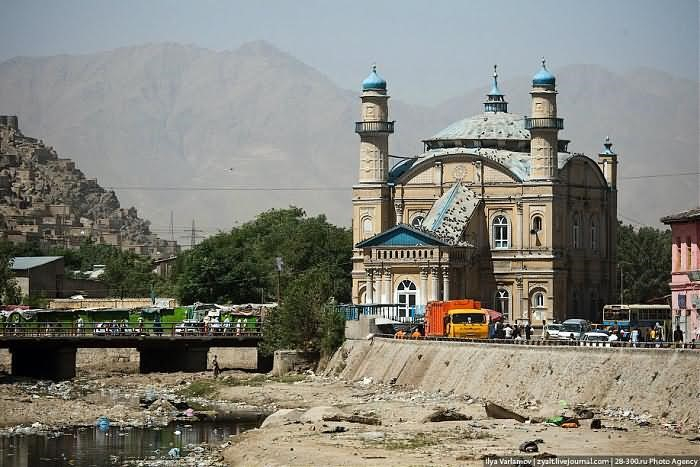
addflag.com -
The Kabul Museum used to be one of the greatest museums in the world. It is also known as the National Museum of Afghanistan, built in 1919 during King Amanullah Khan's reign. It is a two-story building located 9 kilometers southwest of Kabul, Afghanistan's capital. It is a historical tourist attraction in Afghanistan, with art and antiques relating to the country's history and heritage on display. The museum's collection is diverse due to Afghanistan's proximity to the old Silk Road, a major trading route connecting Asia to Europe and the Middle East that brought a diverse range of commodities and ideas to the region.
National Museum of Afghanistan receives guests the whole weekdays except Thursdays and Friday afternoons. It is open to international visitors, tourists, diplomats, university and school students, individuals, artists, and the general public on a daily basis. The museum will also provide them free museum tour guide.
Location: Darulaman Rd, Kabul, Afghanistan
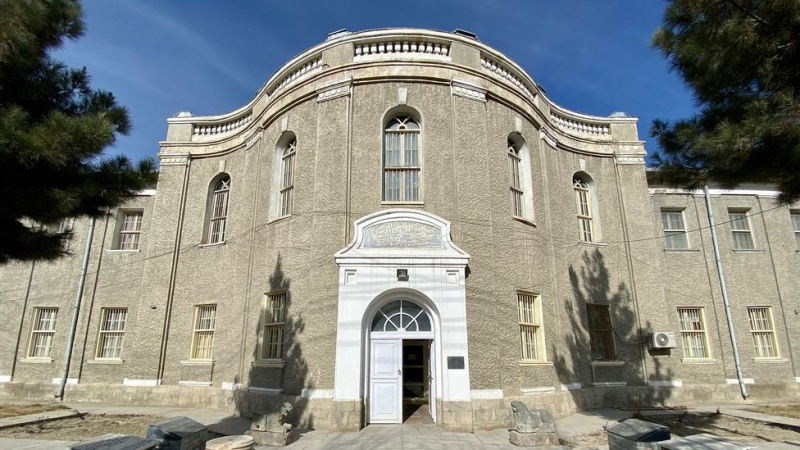
bbc.com 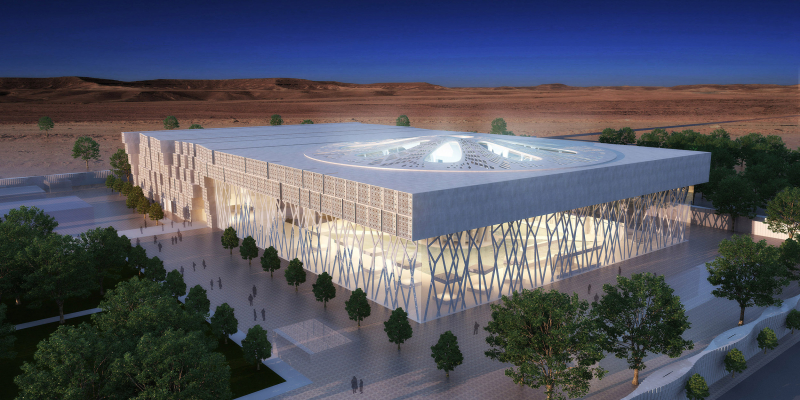
archello.com -
The Qargha Reservoir is one of Afghanistan's most popular tourist destinations. It's a reservoir and dam near Kabul city. This dam was erected in 1933 and stands 30 meters tall with a length of 1.63 kilometers and a top width of 600 meters. Its surrounding areas offer recreational opportunities such as boating, golfing, and surfing, making it a popular tourist destination in Afghanistan. Hotels are built on the bank of the Reservoir. Irrigation and hydroelectric projects have also been proposed using the reservoir's stored water. All of these systems combine to make the Reservoir a popular tourist destination in Afghanistan.
The reservoir area has been a destination for relaxation and enjoying life away from the everyday boredom of life. In Qargha, there are numerous recreational facilities and activities to choose from. Horseback riding, kayaking, surfacing golfing, and kite flying are just a few examples. In Qargha Reservoir, there are numerous excellent restaurants and motels. Restaurants here serve practically every form of Afghan cuisine.
Location: Qargha, Afghanistan
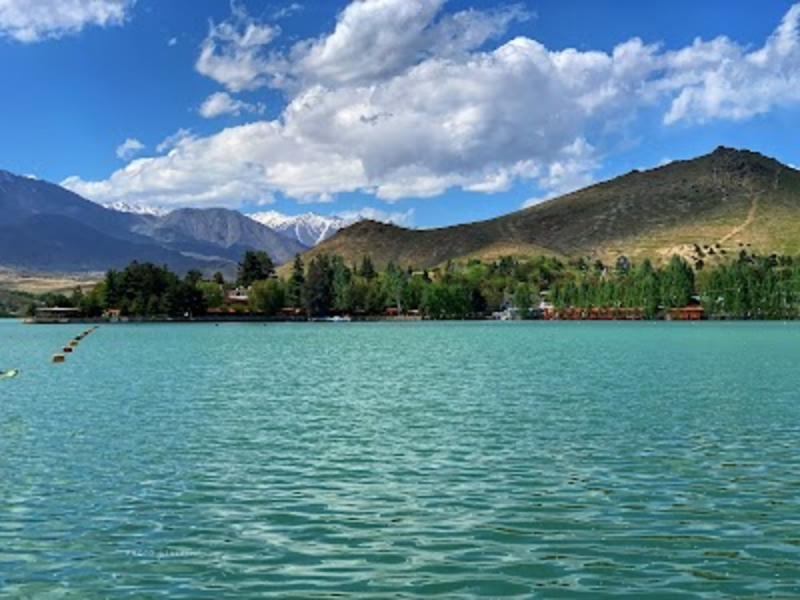
mapsus.net 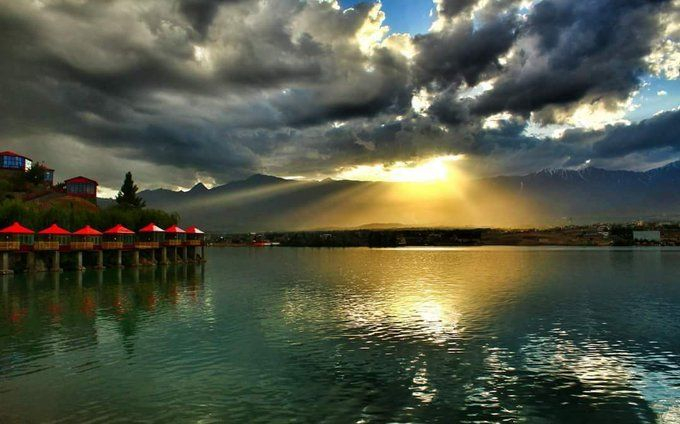
pinterest.com -
Panjshir is a valley located 150 kilometers north of Kabul in north-central Afghanistan. The Panjshir River divides this valley, which is home to about 100,000 people. The Panjshir valley possesses a lot of desirable characteristics that make it an excellent tourist destination in Afghanistan. The valley's most valued asset is its mountain range, which provides many spots for a variety of outdoor activities all year, including hiking, strolling, trekking, horseback riding, and, more recently, skiing.
There are two primary entrances to the valley, both of which involve going over difficult terrain and complicated topography. Its towns are strewn across the valley floor, encircled by the icy blue waters of the Panjshir river and the looming bare-ribbed mountains above. The streets of Panjshir are dotted with rotting tanks and machinery, vestiges of the Soviet era that serve as a striking reminder of the region's tragic past, blending in with the beautiful environment.
Location: Panjshir, Afghanistan
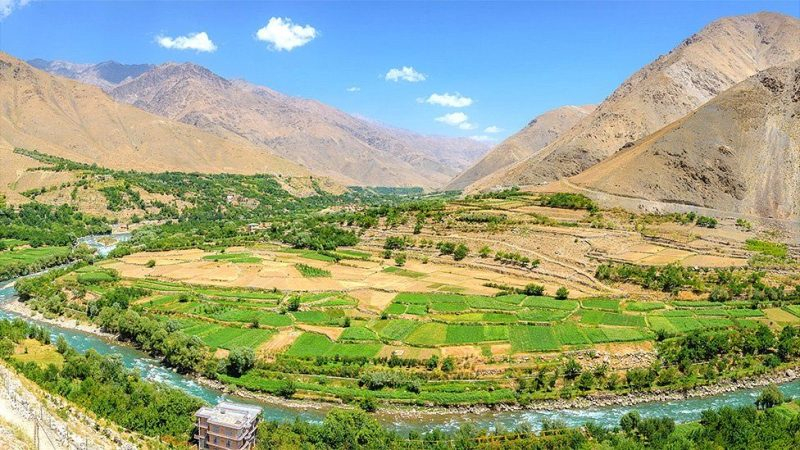
euractiv.com 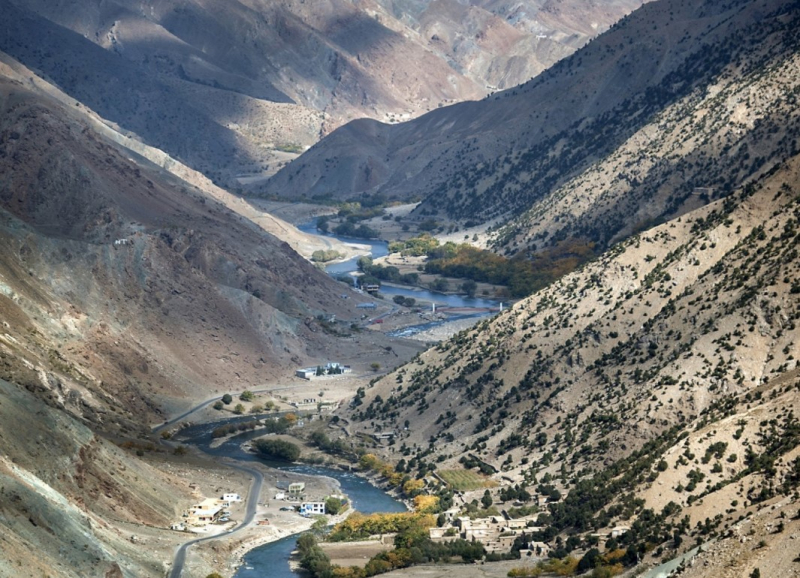
thanhnien.vn -
The Blue Mosque is a medieval mosque in Istanbul. The mosque is known as the Blue Mosque because of the blue tiles surrounding the wall's interior design. The mosque was constructed between 1609 and 1616, under the reign of Ahmed I, and includes a founder's tomb, a madrasa, and a hospice, as do many other mosques. The Sultan Ahmed Mosque is still in use as a mosque, but it has also become a major tourist destination in Istanbul.
Please disregard and avoid anyone who offer you the opportunity to enter the mosque without having to queue. Those people will most likely try to sell you something or take you to a store. The best option is to form a queue and enter the Mosque like other tourists. Don't worry if line looks very long, it will move very fast for sure. The Blue Mosque is one of the most iconic landmarks of Istanbul and a historical sight you shouldn’t miss!
Location: P466+5R8، The Great Masoud St، Mazar-i-Sharif, Afghanistan
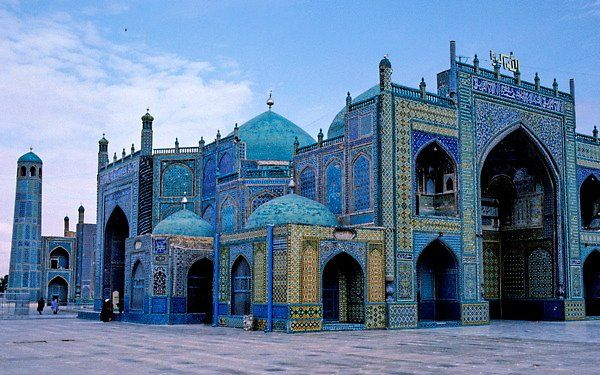
stocksy.com 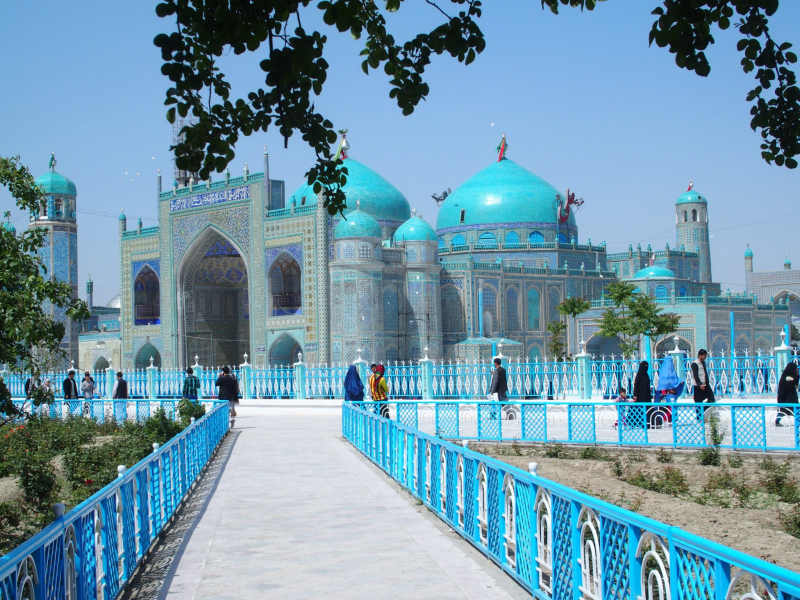
istanbultourstudio.com -
The Citadel of Alexander is also known as the Citadel of Herat, or Qala Iktyaruddin in local parlance. The Herat Citadel is a massive fort in the heart of Herat, Afghanistan. Towering over the Old City, the Herat Citadel has watched over Herat’s successes and setbacks with its imposing gaze for centuries. It dates back to 330 BC when Alexander the Great and his army arrived in Afghanistan after the Battle of Gaugamela. Many empires have used it as a headquarters in the last 2,000 years and it was destroyed and rebuilt many times over the centuries.
The Citadel is built in the shape of an older, rectangular compound to the east, measuring about eighteen meters by forty-two meters, and is guarded by thirteen towers made of fired bricks, known as the Upper Citadel. The Lower Citadel has baked brick lower walls and a polygonal shape about 25 by 60 meters, with nine circular towers. The citadel appears to be a massive sand castle in the early morning light. All of these factors combine to make it one of the best tourist destinations in Afghanistan.
Location: Ansari Road, Herat, Afghanistan
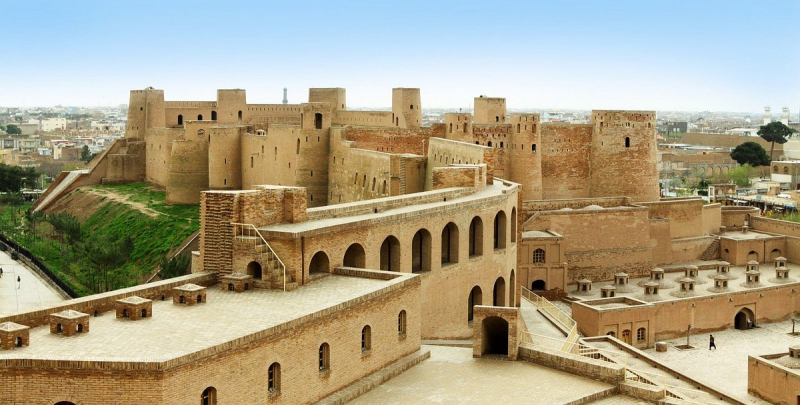
tripadvisor.com 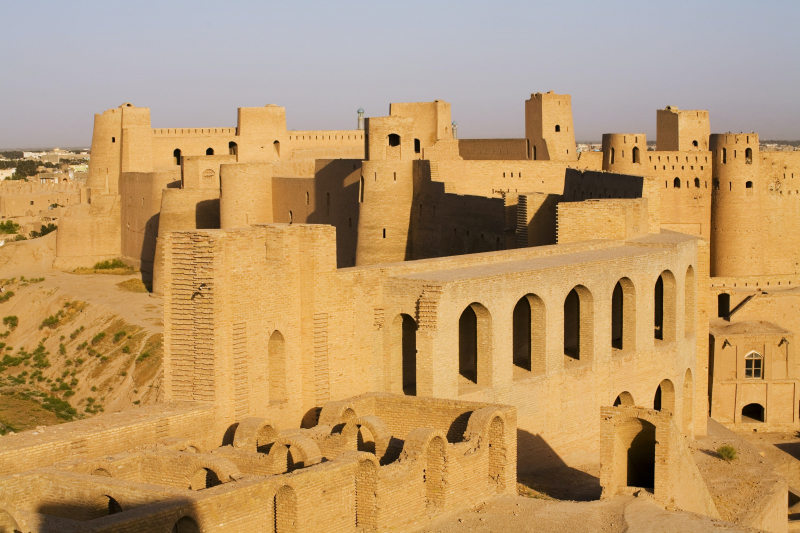
lonelyplanet.com -
At 1,900 m above sea level and far from any town, the Minaret of Jam rises in a rugged valley along the Hari-rud River at its junction with the Jam, around 215 kilometers east of Herat. The 65-meter-tall Jam Minaret, which dates from the 12th century, is a graceful, soaring structure. It is notable for the quality of its architecture and decoration, which represent the culmination of an architectural and artistic tradition in this region, and is covered in elaborate brickwork with a blue tile inscription at the top. Its impact is heightened by its dramatic setting, a deep river valley between towering mountains in the heart of the Ghur province.
It was constructed by the Ghurid rulers, who carved out an empire that included modern-day Afghanistan, Iran, and parts of Central Asia, Pakistan, and India. The Jam Minaret is one of the few well-preserved monuments that demonstrate the exceptional artistic creativity and structural engineering mastery of the time.
Location: 9GW8+H96, Dzam, Afghanistan
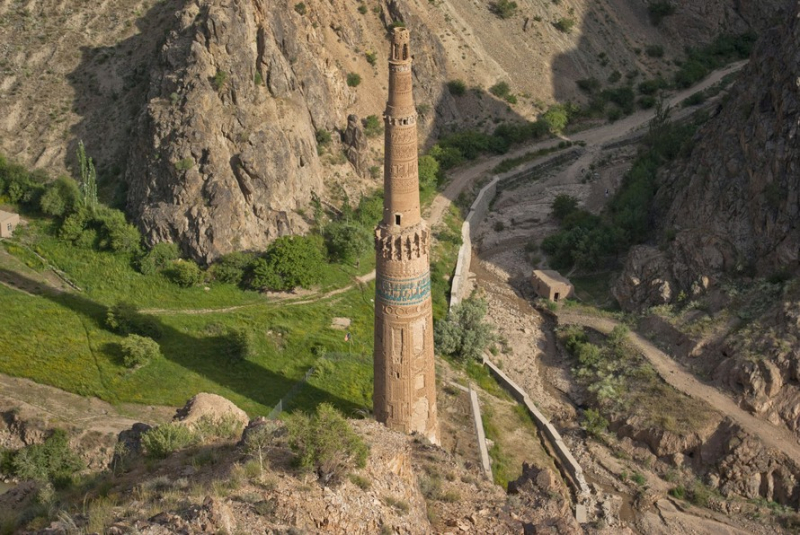
ngaynay.vn 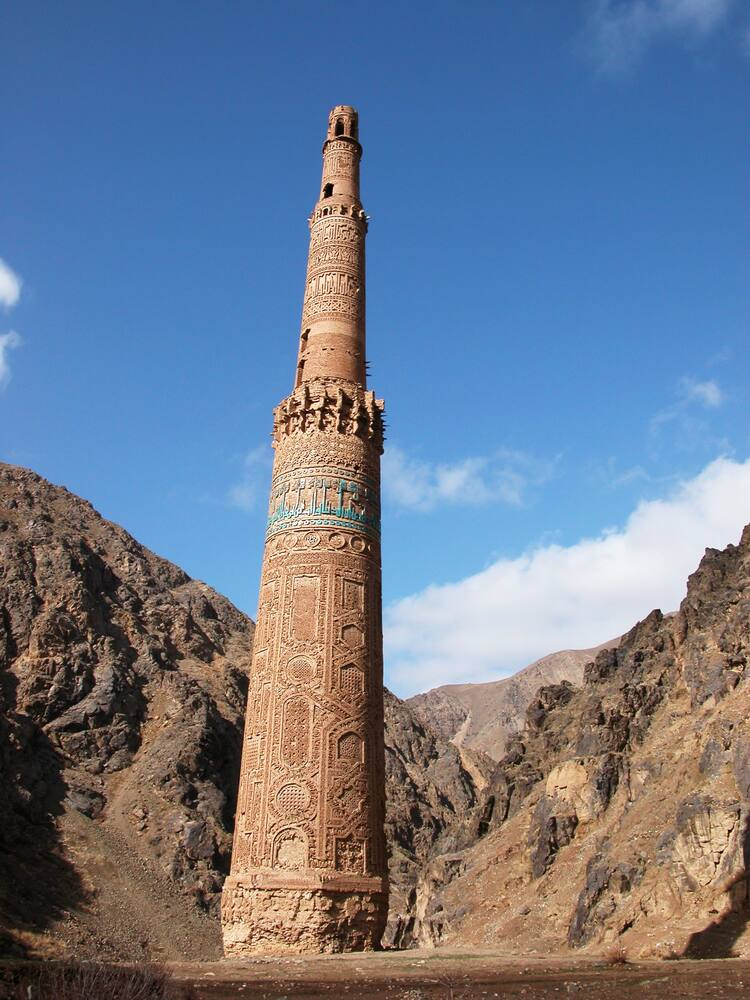
whc.unesco.org









